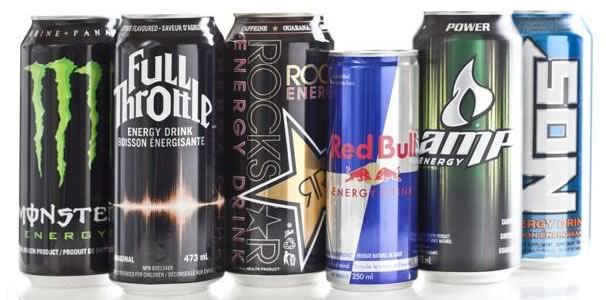We’ve all been there, it’s about 3 o’ clock in the afternoon and the coffee buzz is rapidly fading. Exhaustion is baring its teeth and an afternoon nap sounds like an oasis. Most people in this situation will opt for an energy drink or power bar. However, studies are showing that these energy boosters are often just as unhealthy as candy or soda.
Is Gatorade the new soda?
Gatorade has always been THE sports drink for many. With celebrity endorsements and cool flavor names like “Mango Extremo” and “Blue Frost,” it’s no wonder that over 85% of high schools offer some sort of sports drink. What many don’t know however is that sports drinks often contain even more sugar than soda. With few nutritional benefits, this sugary drink has become a factor in the rapid rise of childhood obesity.
Energy bars = candy bars
During that mid day lull, many will choose to snack on an energy bar to give them that extra boost to get through the day. What they don’t know is that many energy bars actually have more sugar than the average candy bar. The American Heart Association recommends that women should not eat or drink more than 20 grams of sugar a day, and men no more than 36 grams. One energy bar can be over half of the daily-recommended sugar allowance.
Just because a product offers protein and contains fruit, does not mean it is necessarily healthy. One comparison shows that a Cliff bar actually contains more sugar than the average Hershey’s Chocolate bar. Excess sugar can cause a variety of health problems, so it’s important to read labels when examining healthier options.
Energy Drinks: The fastest way to diabetes
While most of us try to balance work, school and family, energy drinks often become a crutch for those trying to push through the day. However, recent studies have shown that energy drinks have numerous negative side effects if they’re consumed too frequently.
Emergency room visits relating to energy drinks have doubled with the last few years and almost 35% of teens are consuming energy drinks regularly. One study shows just how much sugar regular drinkers can consume. “Users who consume two or three energy drinks could be taking in 120 mg to 180 mg of sugar, which is 4 to 6 times the maximum recommended daily intake,” the authors write, noting that adolescents who consume energy drinks could be at risk for obesity and dental problems.

Alternatives
You still might need an extra burst of energy from time to time, but it’s important to choose wisely. A few healthy alternatives below can help you bust through that afternoon wall.
Fruit – Containing natural sugars, fruit can provide a quick burst of energy to help tackle the rest of the day. Bananas and oranges are a great snack that provides not just energy, but a variety of vitamins as well.
Almonds and Granola – These protein-packed alternatives will provide energy and will reduce hunger without that bloated feeling. A great snack for on the go, nuts and granola will provide a much needed kick.
Water – Despite not being the most exciting drink option, drinking water throughout the day is important. Your body will function better and it will give your immune system a boost to fight off illness.
